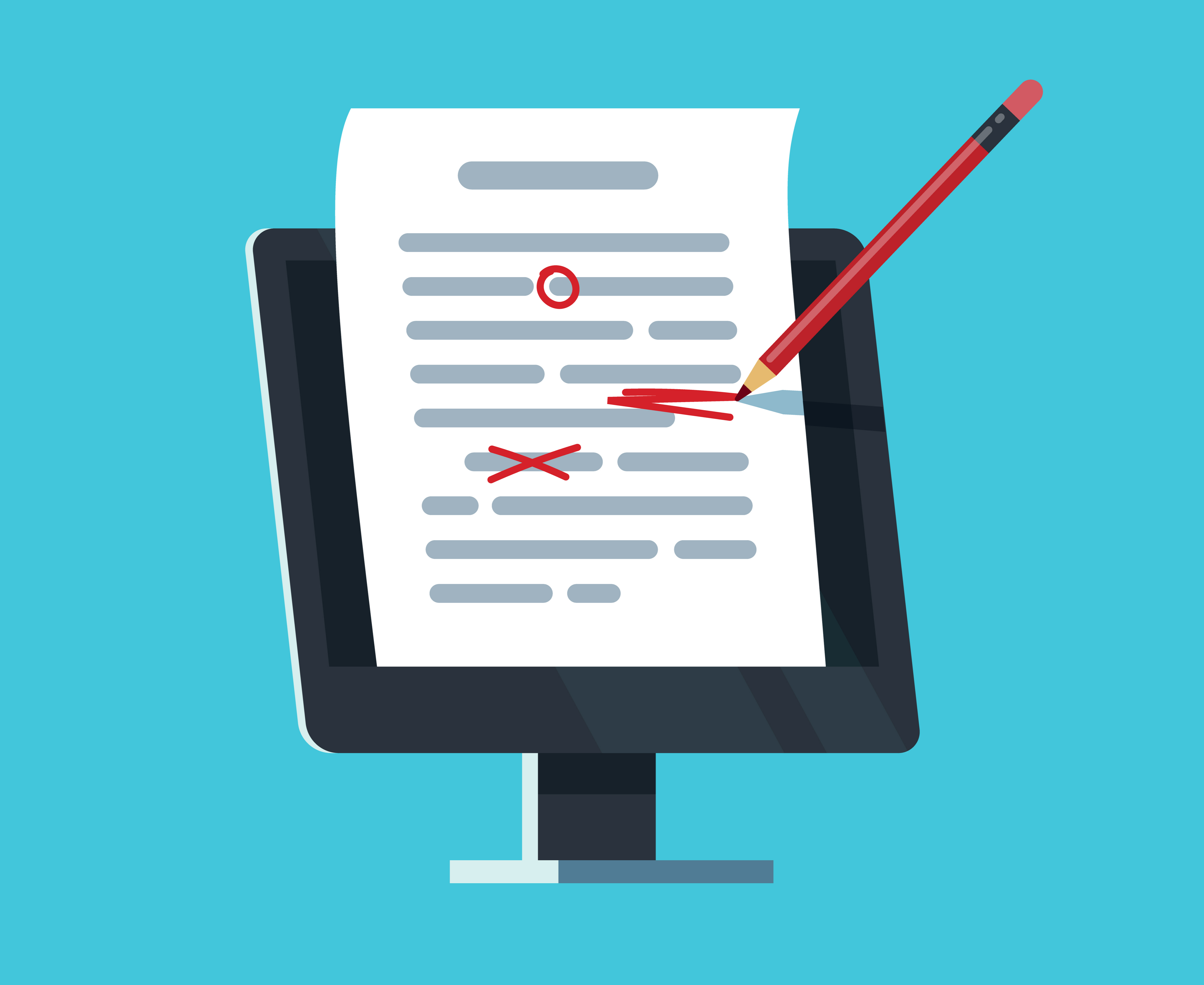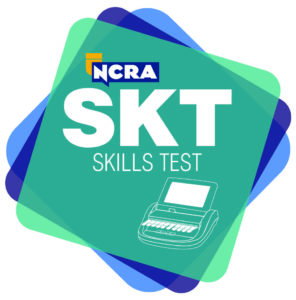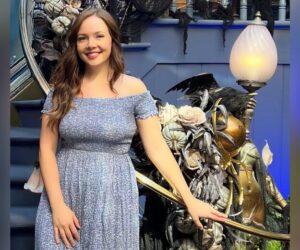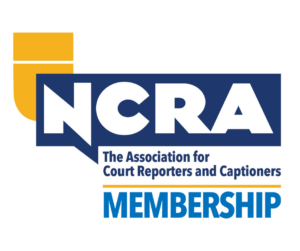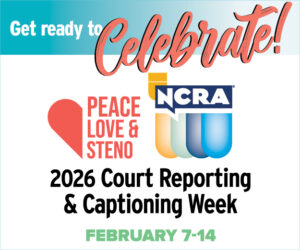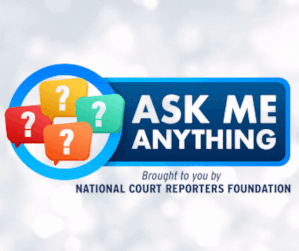By Linda M. Lee
Lately I’ve noticed an uptick of queries in court reporting-related forums asking what, exactly, a scopist does in a transcript. And I respond that full-audio scopists like myself – which, as far as I’m concerned, is the only thing that qualifies as scoping — go line by line and do the following:
- Edit incorrect text and add dropped words and even entire sentences (a time-consuming task due to the stop-and-go nature of typing words in between other words in the file).
- Pay close attention to all dates, numbers, Bates stamps, and monetary values, making corrections as needed (it is not a proofreader’s responsibility to double-check these for accuracy).
- Follow reporters’ preferences in terms of not only punctuation but also strict verbatim versus intelligent verbatim style, i.e., some reporters clean up after attorneys but not witnesses, and some limit repeated words, filler words, and false starts for the sake of readability (a hot, but real, topic that affects how the quality of a scopist’s work is perceived).
- Apply punctuation in such a way that it’s aligned with the context (which isn’t the same as blindly following punctuation rules).
- Fix homonyms as needed, e.g., elicit versus illicit and affect versus effect.
- Insert nonbreaking spaces between text that should be kept together such as Exhibit{~}1, May{~}23, Mr.{~}Smith, et cetera.
- Replay audio passages however many times is needed for accuracy’s sake (even for immediate copy, the tightest of time frames).
- Break out paragraphs to enhance flow and readability.
- Perform online research of even the most mundane words since we can’t assume anything, for example, Elizabeth versus Elisabeth, Silverlake versus Silver Lake, Newbury versus Newberry, and the New York Times versus The New York Times.
- Check job-specific technical terms throughout the file for consistency (this is critical as reporters sometimes write them differently in the file, e.g., CDNA versus cDNA, acetyl COA versus acetyl CoA, et cetera).
- Review/edit bylines, speaker labels, and objections.
- Relocate text from Q&A to colloquy and vice versa as needed.
- Verify spellings, which involves hunting down names, including foreign ones and those that the attorney might have mangled, and, unfortunately, even spellings given to the scopist by the reporter sometimes contain errors.
- Perform spell-checks inside of the software (which is usually subpar) and with other applications (even after scoping real-time sessions rather than leaving it for the proofreader to do, which isn’t their job).
- Leave hidden notes for the reporter to check (which conscientious ones who care about their work product are happy to receive).
- Send globals to the reporter along with the scoped transcript to add to their dictionary for an improved translation if interested (not all are, and if not, I apply them myself).
As an added service, since I know steno I suggest one-stroke briefs for my clients to use to shorten their writing and make life easier for future jobs (aka BriefReliefBook.com).
As you might imagine, the aforementioned takes time, and there’s no cutting corners nor magic wand involved in this painstaking process.
And, finally, when I’m wearing my proofreader hat, which I do as I work within the software with audio spot-check, I am strictly in reading mode, editing anything that was missed by the scopist as s/he performed all of the above, which ideally should be minimal or else I’m scoping behind the scopist.
Though we are content to work quietly in the shadows, a scopist is an integral member of a successful court reporter’s team, polishing the transcript and ensuring the accuracy and completeness thereof.
Linda M. Lee is proprietor of LML Communications, moderator of The Brief Exchange on Facebook, and a frequent contributor to court reporter punctuation and briefs forums. She can be contacted at lindaleecommunications@gmail.com.
